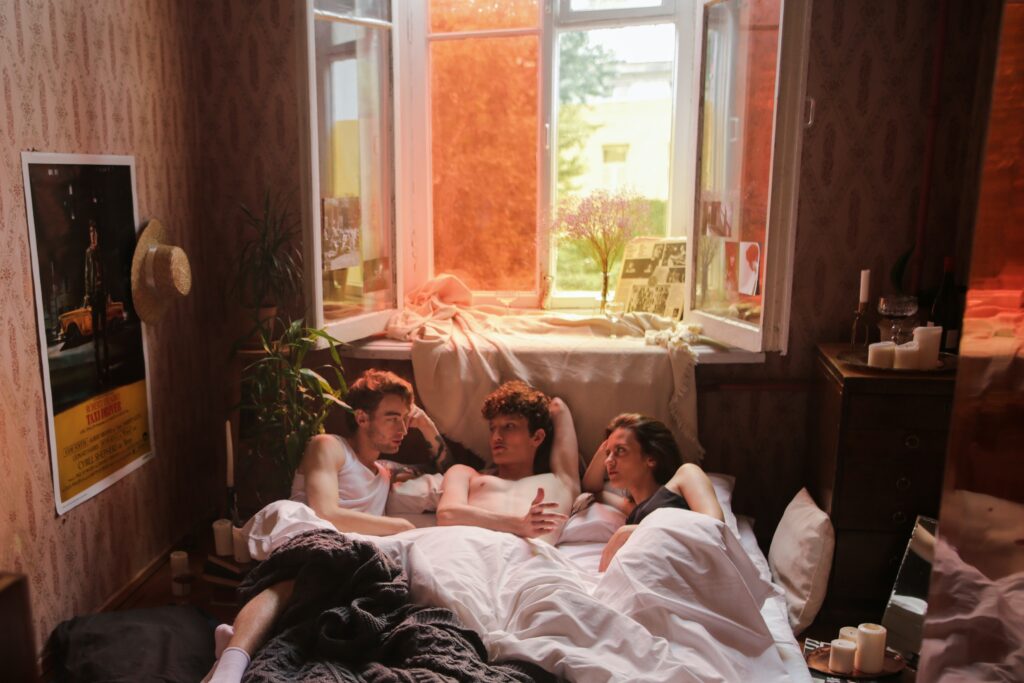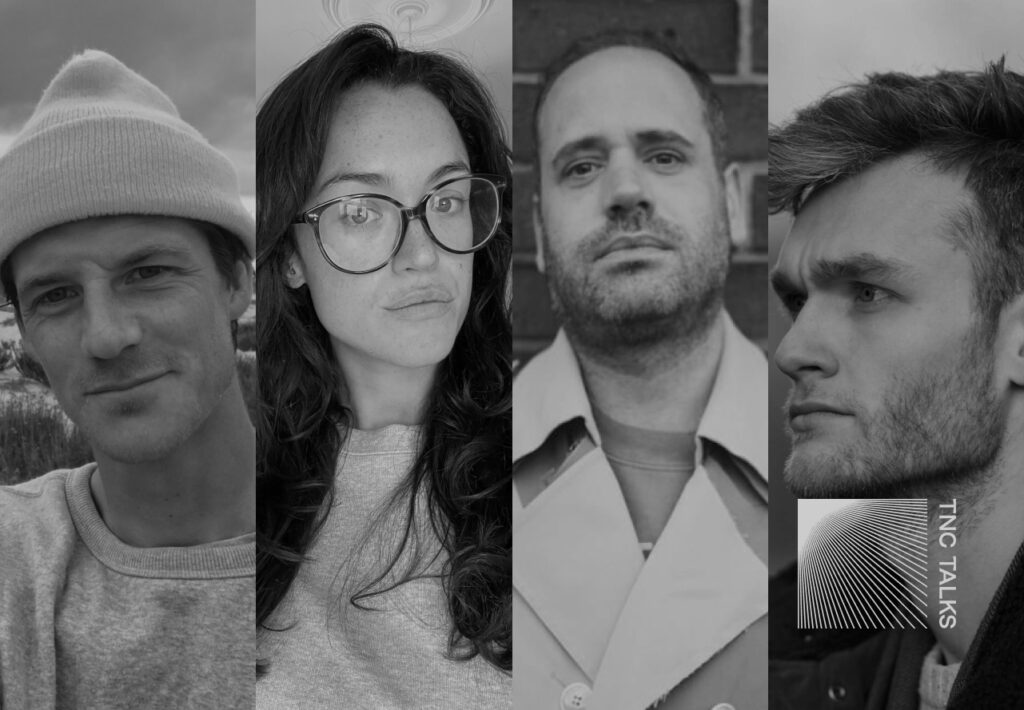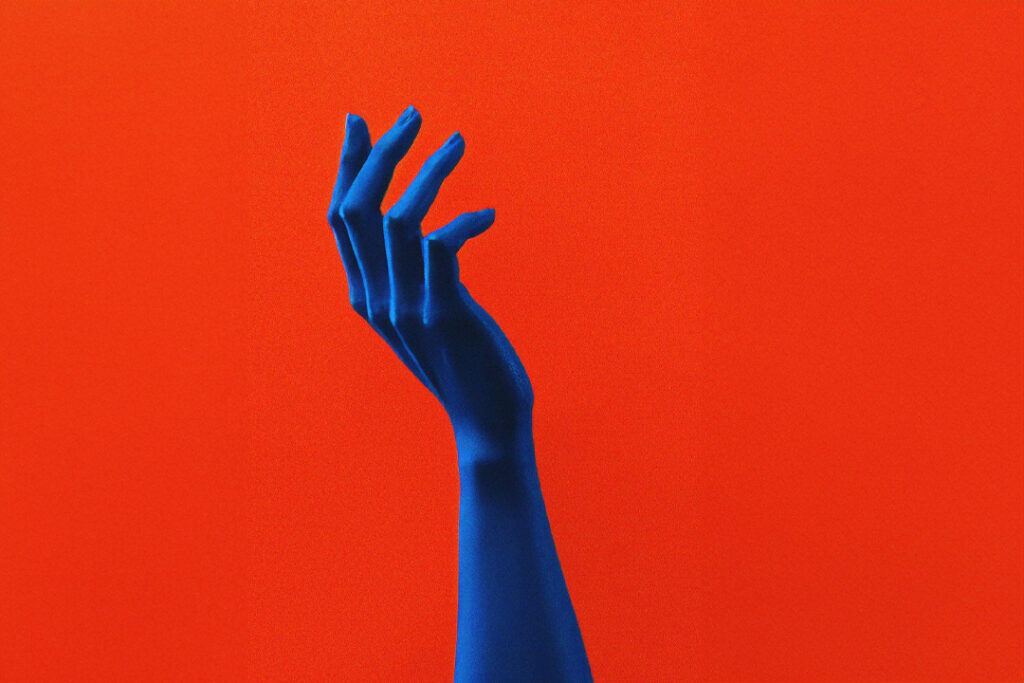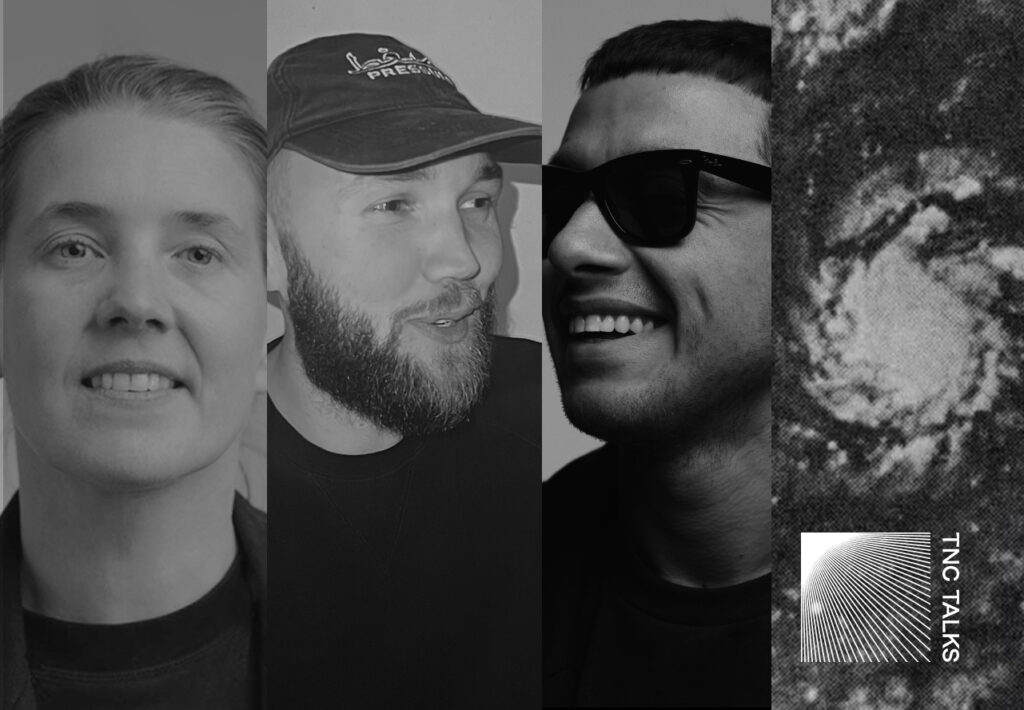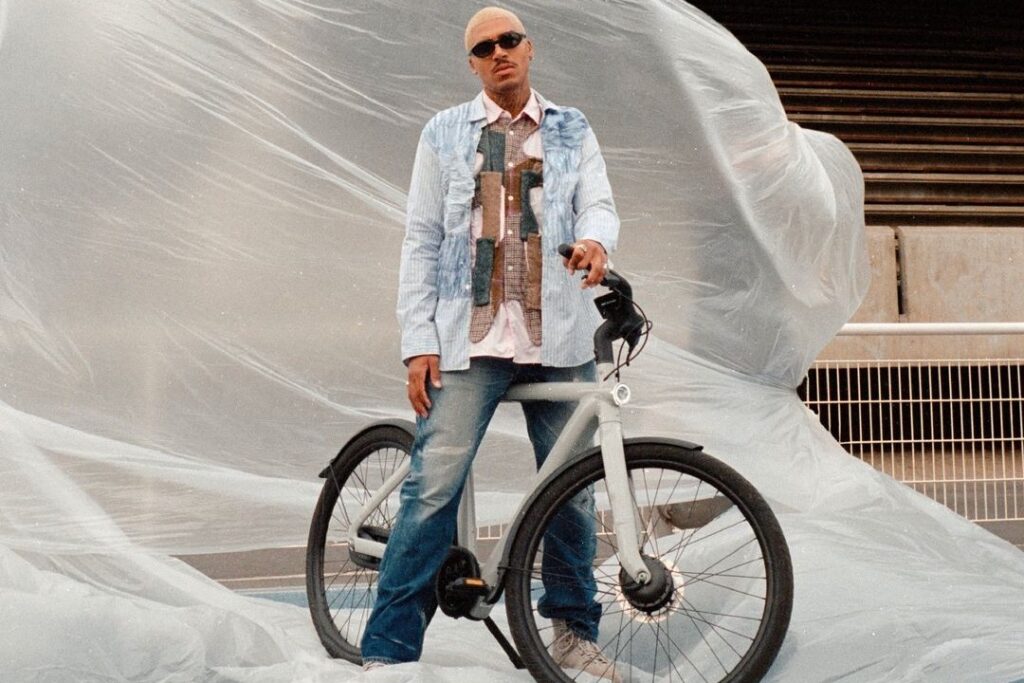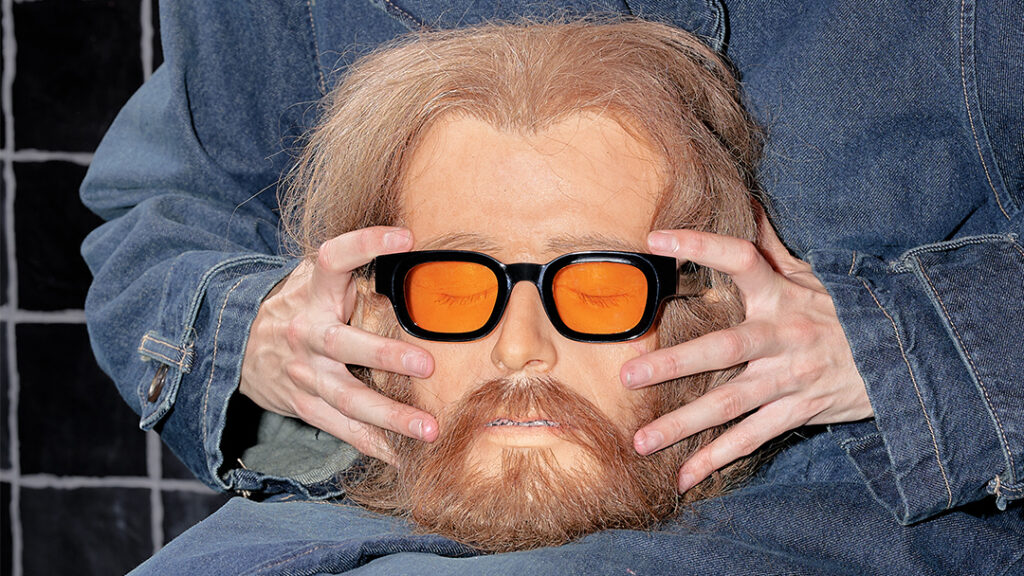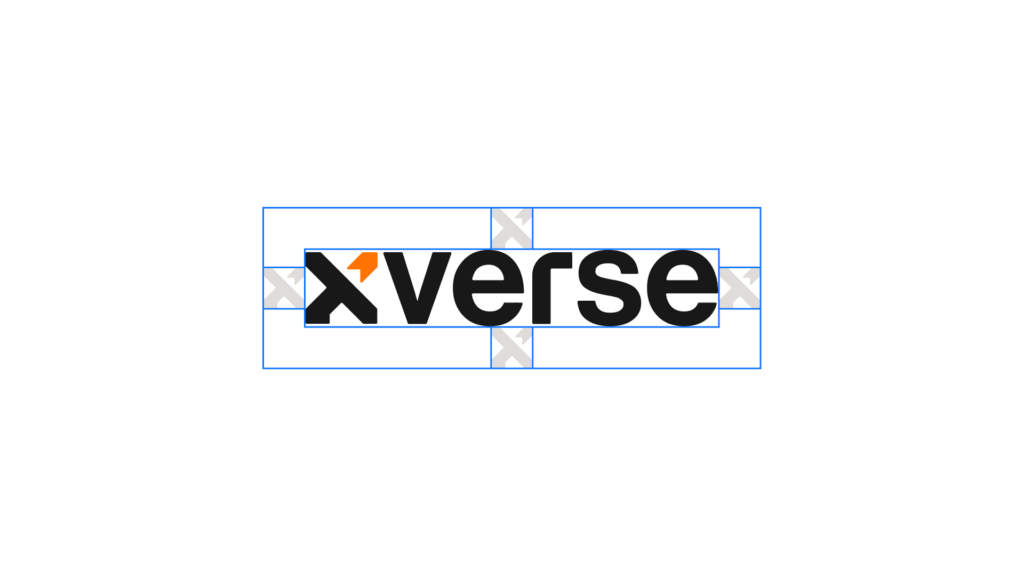On the day that the Berlin Wall fell in 1989, the youth from both East and West Berlin came together to dance until the first light of the rising sun, as the true spirit of rave arose. This cathartic moment might be seen as irrelevant taking into account the context, but it was also a celebration marking the culmination of years of political activism.
This moment was a symbol of unity, and also it had a deeper meaning in youth culture. It showed the world that a particular music-dance culture can be used as a tool to convey personal, social, and political stances. In this particular case, the Berlin Wall Fall rave was a symbol of unity, and a representation of the past socio-political structure crumbling to the rhythm of stomping feet. East and West together again, united by music and dance.
Today, thanks to social media, we can now observe this quality better, as DJs use their platform to bring attention to delicate subjects and raise awareness on various causes.
However, how do activism and rave culture influence and support each other?
Neotribalism in rave culture: The community structure
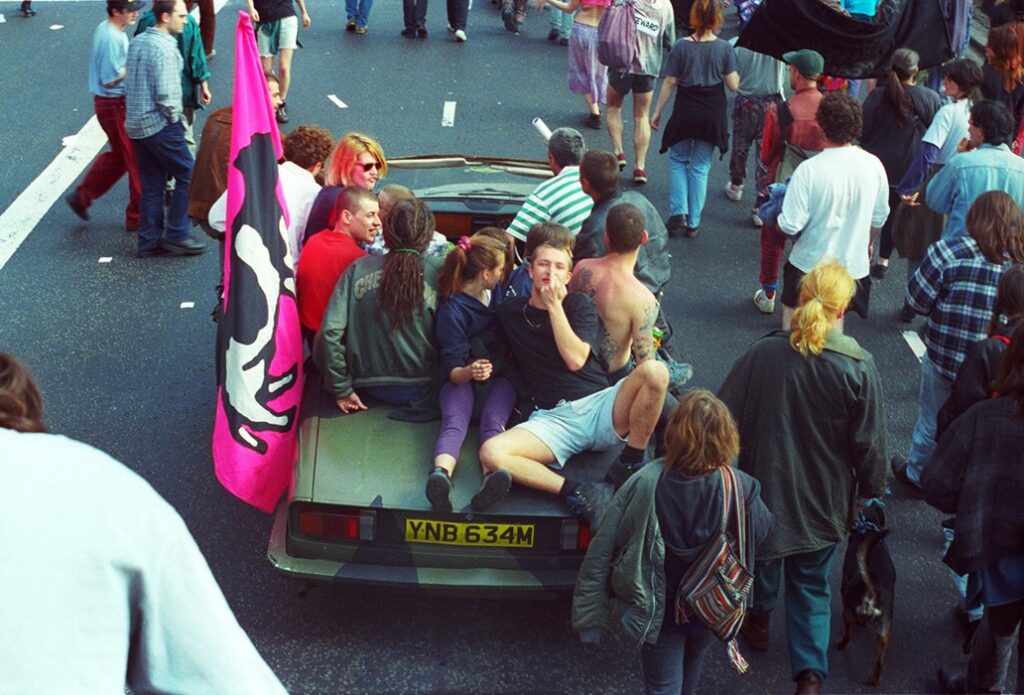
The cultural movement we call the rave community is a global and cross-border community that shares the values of love and unity. The gatherings are relatively small, compared to mainstream parties, yet that is the strength of this youth culture.
Neotribalism is a relatively new social phenomenon that explains the primitive community-building structure in the contemporary world. This concept is more prominent in the creative industries. The music sphere and the rave community are perfect examples of this structure.
These tiny groups of ravers who share a euphoric moment together can be expected to lose themselves in the present and form a spontaneous neo-tribal community. The impressive stage persona of technoshaman, a.k.a. the DJ, enhances this community-building process. Moreover, the rave culture values peace, love, unity, and respect (PLUR), enabling ravers to develop an in-group acceptance and tolerance.
As recent as 2018, we saw an example of this unity. In Tbilisi, a rave community who danced together*, fought together* against the conservative oppressions from the authorities to protect their sacred, liberal space where they could live however they wanted to.
In Tbilisi, the nightclub that symbolizes liberal values has raided by the police, but the crowd thought this action had some concerning political motivations because the venue was directly involved in promoting LGBT+ rights. As a protest, the youth went outside the parliament building and danced to protest, turning the area into an open-air rave.
Thousands of people joined the rave-olution, and hopefully, this can turn into a protest tradition.
This factional nexus is a great platform to share ideas and perform activism, especially in our post-material world, where we worry less about material possessions and care more about self-expression and humanitarian values.
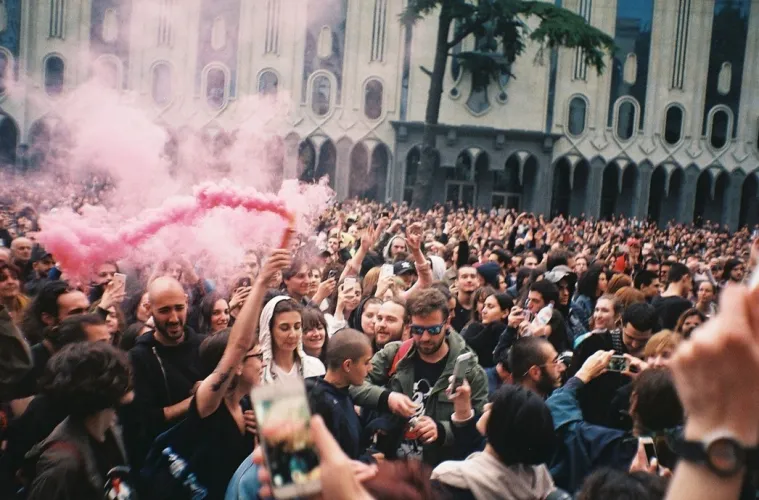
This activism have double dimensions, as a passive impact or an active process. Passive, because people from different backgrounds and diverse lifestyles come together without a political goal, just to be a part of the same unity and this end up being a powerful unity message. It is also active because DJs can share their worldview through their platform, primarily via their personal pages to directly inform and influence the audience.
The type of music opens the way for personality to shine
Raves are usually techno scenes or any kind of electronic music that follows the footsteps of, once an impressive innovation back in 1955, the synthesizer. Music may seem like a mere matter of taste and preference, however, it can tell a more profound story.
There is a general framework of 4/4 rhythm in rave music, the rest is up to the DJ’s imagination. The techno-shamans can decide the rest, and they have almost unlimited freedom of creativity. That liberty makes them able to experiment with the sounds and expose their personality through the language of music.
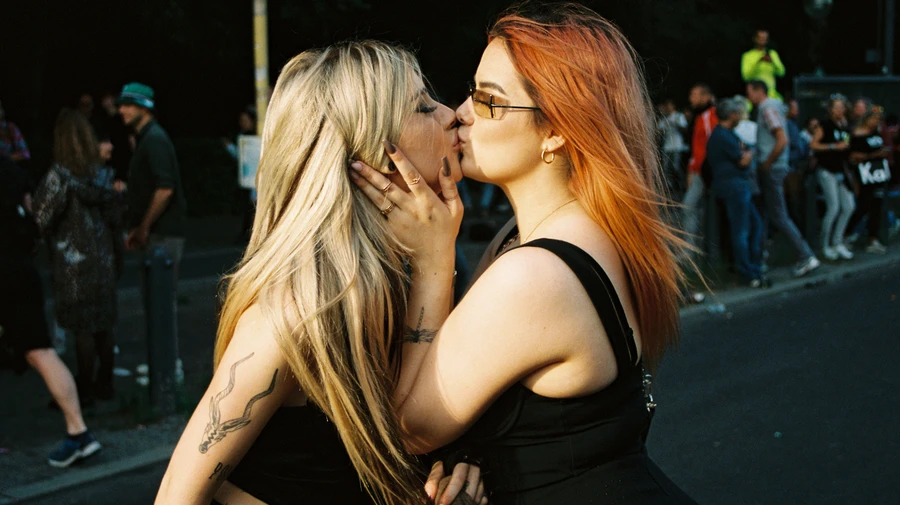
One may wonder, how is it in any way related to activism? But actually, it has everything to do with it! Conveying their personality through music makes the DJs able to form an emotional bond with the audience, which facilitates the diffusion of their ideas to their fans, including their opinions about global problems.
The platform enables artists to raise their voice
Society faces a boom in the rise of global platforms to express oneself in the most creative ways possible. This is mainly thanks to the current era of communication, in which we actively seek to verbalize our opinions or influence people to follow our lifestyle. The youth culture has always been caring towards social issues, and the modern techno scene is no exception.
Unfortunately, the global information era also makes us witnesses to the ugly face of the world. There are more than 20 active armed conflicts ****around the globe, and the degree of violence is beyond imaginable. Within this context, DJs can be the voice of the voiceless and raise awareness through and among their audience.
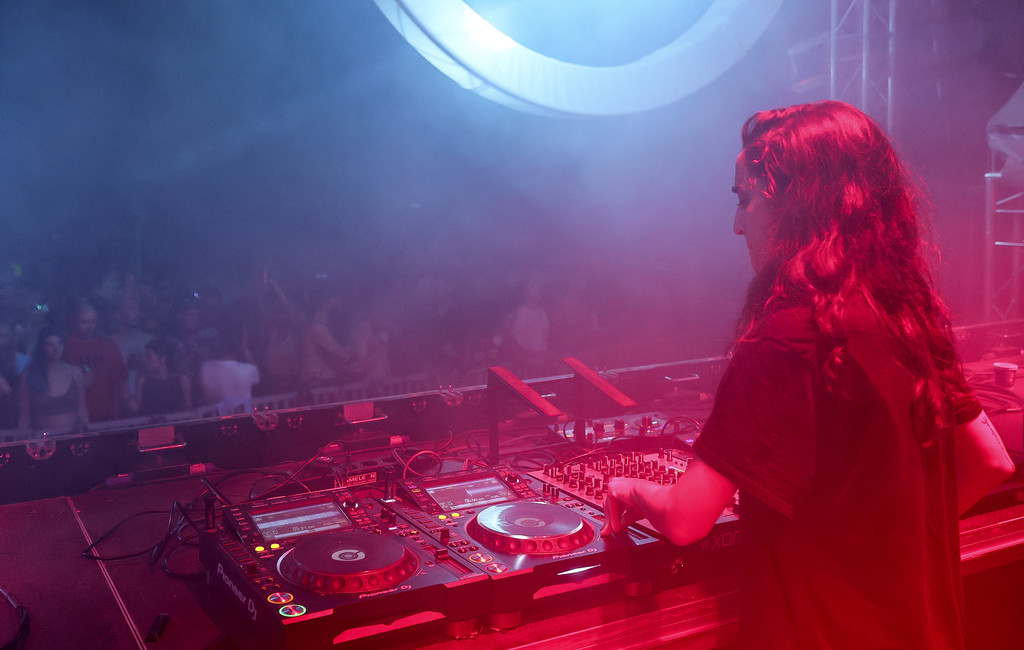
They can animate the discussion about certain subjects and bring them to the global agenda, like how Palestinian techno queen Sama Abdulhadi keeps the ****Palestine conversation alive and how Ukrainian experimental techno star Nastia shares the news about the Ukrainian civilians who are suffering during the current aggression.
As humans, we all walk the same earth, breathe the same air, and connect to each other via emotional bonds that despite not being visible, they are still very much present. Those who hold cultural influence often use their platforms to remind us of the things that bring us together, they highlight our similarities despite our differences. They remind us that we are all human, and by helping one another, we help humanity as a whole. DJs are among those culturally influential figures.
Rave culture traditionally symbolizes the non-conformist spirit, and social media helps its impact go beyond the warehouse walls where the events take place. We can’t help but hope that this activism can go beyond raising awareness and actually transform society.

